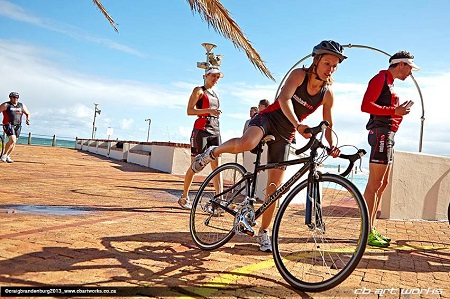Please click here to login into Discovery Digital Id
How to train for the tri cycle

“Cycling”, says Cape Town biokineticist Ceejae Miller, “is the key to all triathlons.” Cycling is low impact and fast and the cycle leg in a triathlon often provides the opportunity for the triathlete to simultaneously catch their breath and catch up. Miller and STeve Attwell of Embark Tri in Cape Town have some advice for aspiring triathletes to get the most out of their cycling training.
Where to startCycling has very little impact on your joints, says Miller. She therefore recommends cycling at least three times a week although they don’t all have to be long distance. Attwell says that you should have one long ride of three to four hours, one high-intensity spinning class, and a hills/strength session per week. Although you can include more than three cycling sessions a week, this might be difficult to fit in with running and swimming training, says Attwell.
Although speed is important because the more sprint work you do, the better your body is at active recovery, says Miller, distance is the first priority for cycling training. “You need to be comfortable for the race distance,” she says. “The long ride is the most important cycle session of the week,” agrees Attwell. “Once the endurance is there; the speed is easy to come by.”
Tips and tricksDepending on the time you have for training, you should try to split your endurance, strength, and speed work into different sessions across the week. “If you are battling with time then combine them,” says Attwell, “but best practice would be to have two separate sessions.”
For training for an endurance event, the most important thing when starting out is to start slowly, says Miller. “Start at 50% of the race distance,” says Miller. “Then, increase your speed at that distance. You can then increase the distance by 10%.” Following this formula of increasing distance, then speed, then distance until you’re comfortable with finishing the whole distance will set you in good stead for your triathlon.
According to Attwell, it’s also a good idea to have an easy week after every three weeks and then continue to increase after that. “You will allow your body to get strong this way,” he says, “and hopefully avoid any injury.”
Thanks to Embark Cape Town for the photograph.
To find out more about Discovery, click here.
